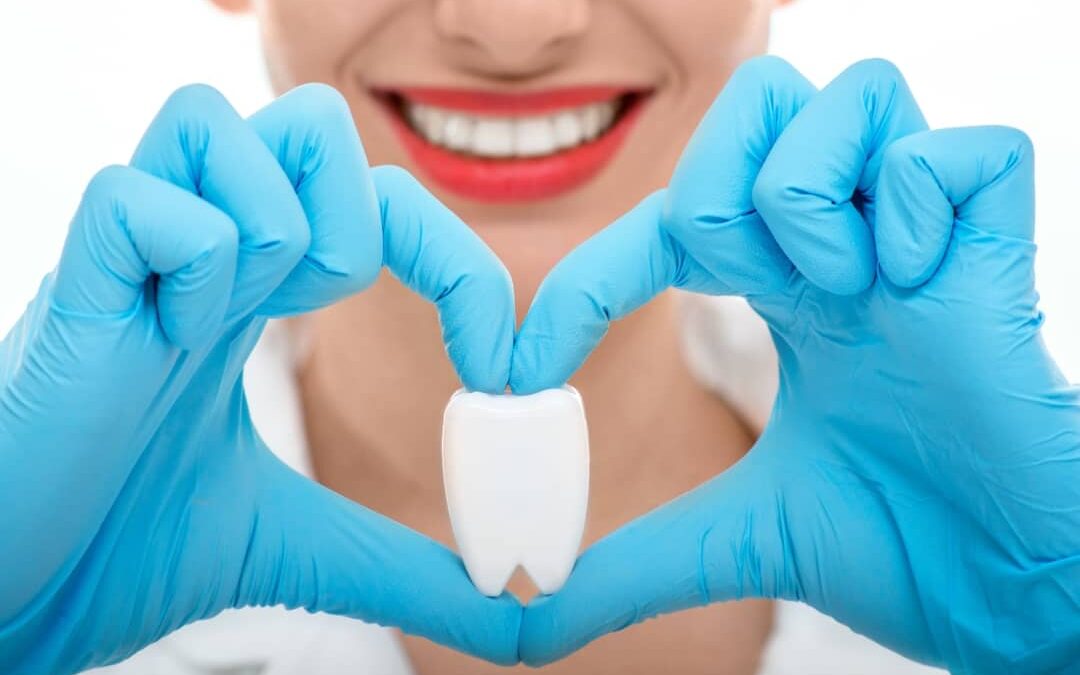The removal of a tooth from its socket in the jawbone by a dentist or oral surgeon is a routine dental procedure. There are many different reasons for tooth extraction near you, including serious decay, infection, and crowding. Whatever the cause, preparation is key to a comfortable recovery. You should be aware of what to expect before, during, and after the treatment.
Reasons for Tooth Extraction
When various dental operations are unable to save the tooth, tooth extraction is usually the last option.
The following are a few of the most common reasons for this treatment:
- Severe decay or damage that cannot be fixed by a crown, filling, or root canal.
- The tooth has become unstable and loosened due to gum disease.
- Teeth that are crowded shift and align incorrectly.
- Impacted wisdom teeth may hurt, infect, or damage adjacent teeth.
- A tooth extraction is necessary to make room for orthodontic treatment.
Before the Procedure
Our dentist in Red Deer will perform a thorough smile examination, go over your medical history, and take x-rays to assess the tooth’s position and condition before extraction. Additionally, they will go over the many types of anesthesia and sedation alternatives, including IV sedation, nitrous oxide, and local anesthesia.
If you take any medications, have any allergies, or have any underlying medical issues that could impact the treatment or your recovery, you must inform your dentist or oral surgeon.
During the Procedure
Your dentist near you will use a local anesthetic to numb the area around the tooth before extraction in order to minimize pain and discomfort. To aid in your relaxation during the treatment, they might also provide sedative choices.
Your dentist or oral surgeon will use specialized equipment to carefully remove the tooth from its socket and remove it once the area has become numb. To access the tooth, they might occasionally need to create a small incision in the gum.
After the Procedure
It’s normal to feel some soreness, swelling, and bleeding following a tooth extraction. You will receive comprehensive advice on how to take care of your mouth and treat your symptoms from your dentist or oral surgeon.
It’s important to carefully follow recommended directions to ensure appropriate healing and reduce the potential for complications like infection or dry socket. For a few days, you might be told to refrain from eating certain things and engaging in particular activities, like smoking, using a straw, or doing strenuous exercise.
Additionally, you must follow our dentist’s or oral surgeon’s instructions when taking any painkillers, antibiotics, or other medications provided to you. Any additional appointments must be kept in order to track your progress and assure proper healing.
FAQs
-
Can I be put to sleep when undergoing dental extraction?
Yes, you can be given sedation dentistry by your dentist. General anesthesia has been superseded in modern dentistry by a method called “conscious sedation.” One intravenously administered medication with multiple effects is used to put you to sleep while teeth are extracted.
-
Do I need to rest after tooth removal?
Following the extraction, patients should rest for at least the first 24 hours. Strenuous activities must be avoided. This might lessen the bleeding and stop the blood clot from leaving the socket. The blood clot must be kept intact as part of the aftercare process.
-
Can I smoke after dental extraction?
Dentists generally advise smokers to give up their habit for at least five days following tooth extraction. If you really can’t refrain, you run the risk of problems with pricey repercussions.
Conclusion
The removal of a tooth is a common dental operation that can reduce discomfort, stop an infection, and enhance dental health. You may set yourself up for a quick and pain-free recovery by being aware of what to anticipate during each stage of the treatment.
Consult our dentist at Riverside Dental Centre if you’re considering having tooth extractions in Red Deer to see if it’s the best course of action for your dental needs.

